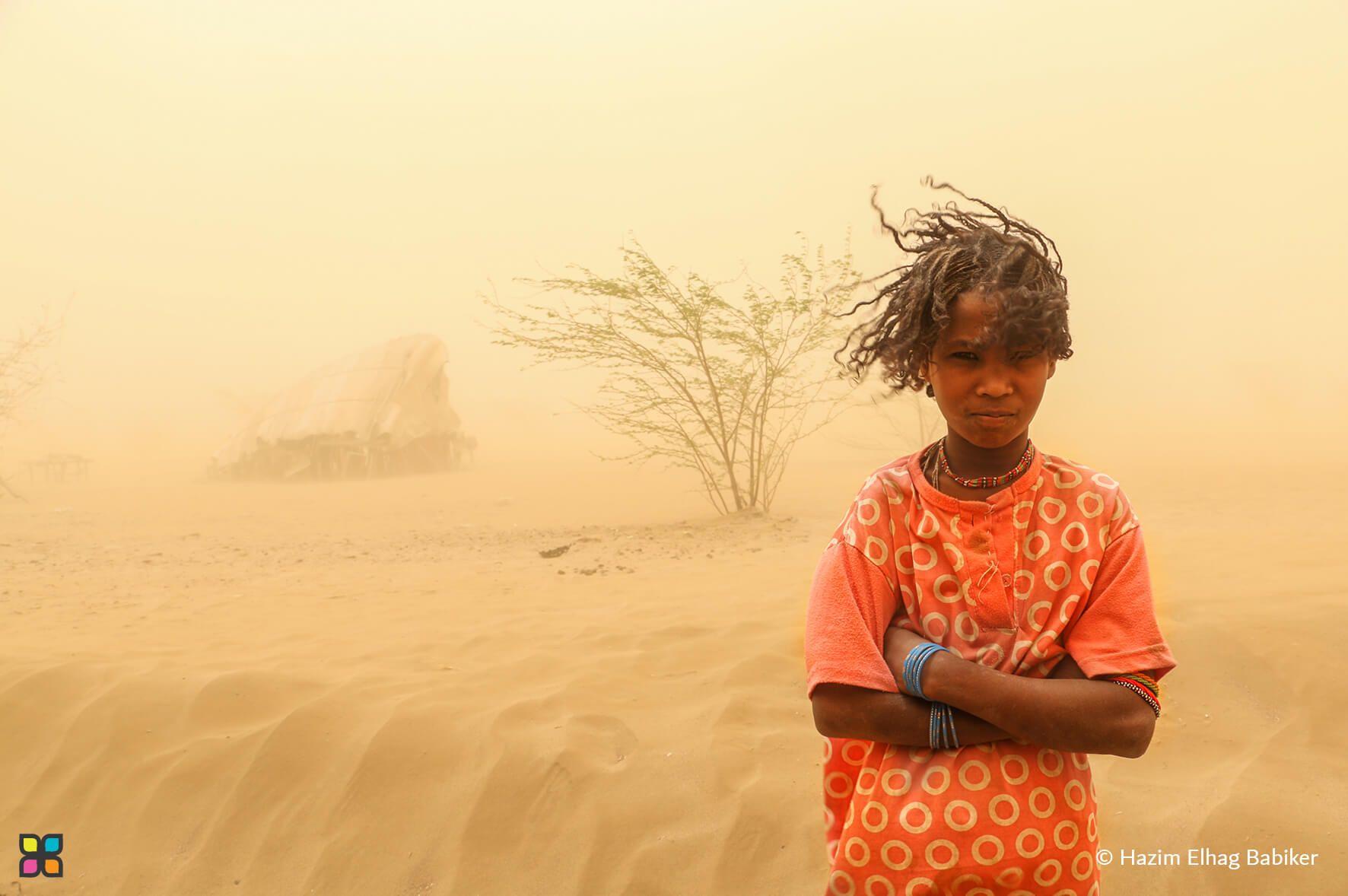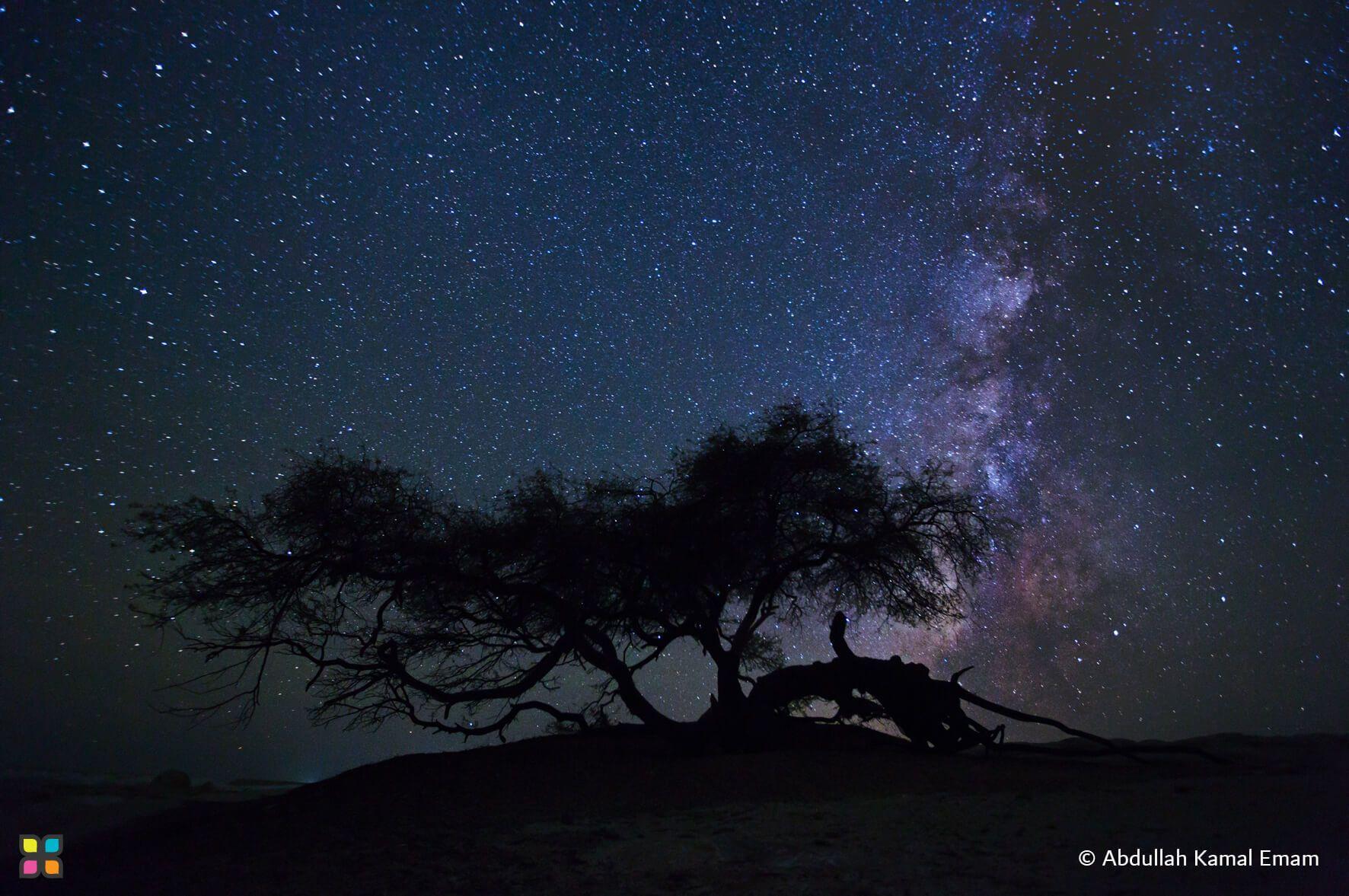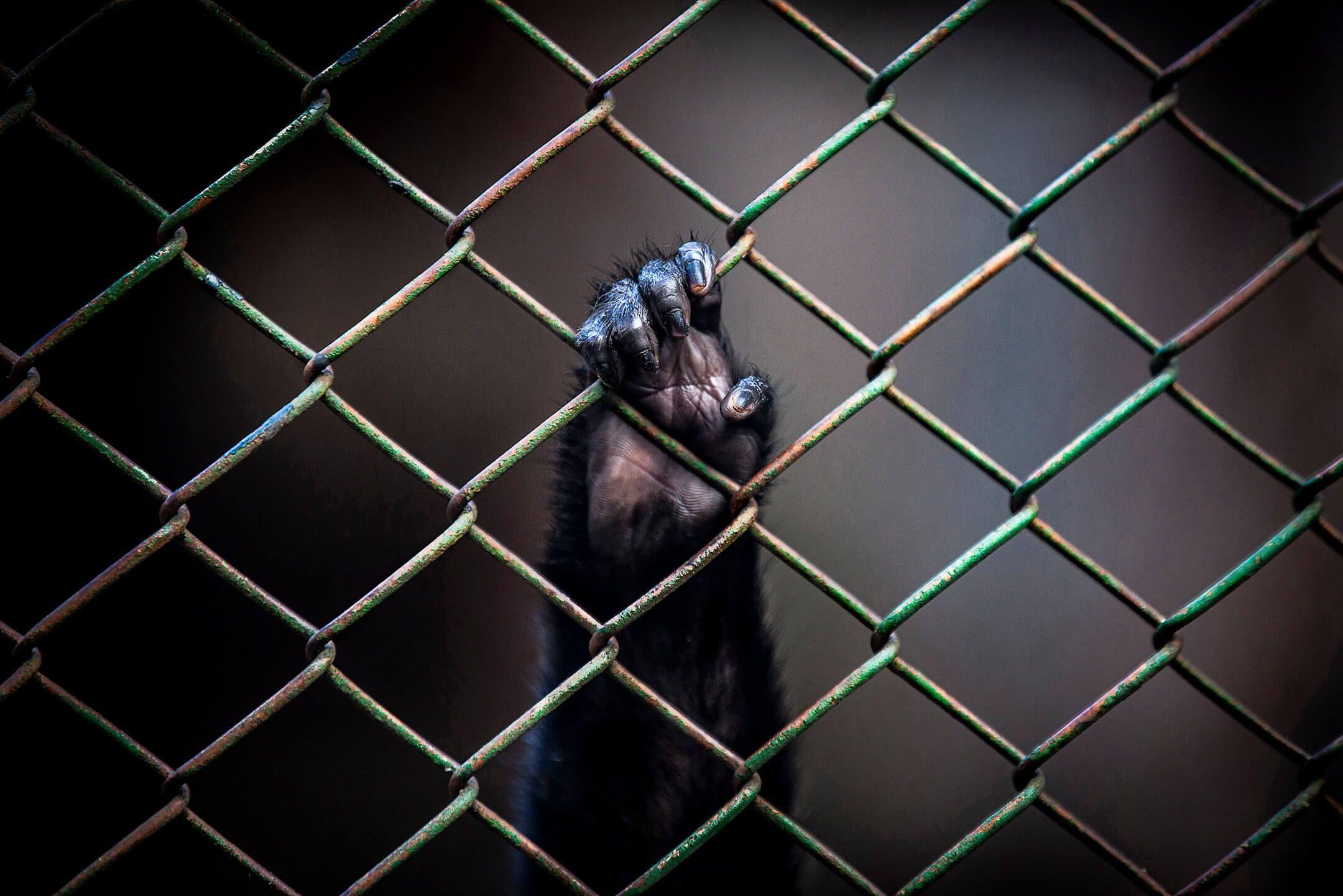Looking up at the sea of stars, Islamic astronomers realised the Earth revolves around the sun centuries before Galileo. These astronomers made incredible scientific breakthroughs, such as the discovery of the Earth running on its axis and the thickness of the atmosphere - all from observing the night sky.
Even today, the night sky contains information and resources crucial for the astronomical interests of humans and the ecosystem.
Most desert animals are nocturnal, as the daytime temperature can rise above 45 degrees Celsius. As the temperature increases due to climate change, these colder nighttime hours are becoming more critical for the creatures’ survival. And for some of Earth’s most productive pollinators, a dark night, free of light pollution, is crucial for their work.
For humans, light pollution has limited our access to one of Earth’s most stunning views: the stars. Turning off the lights even for several hours a day, aiming light sources downwards, or using warmer lights can help reduce light pollution.
This award-winning photograph is from the fourth season, “Life In Color”, of the Hamdan bin Mohamed bin Rashid al Maktoum International Photography Award (HIPA) Archive. The Climate Tribe has partnered with HIPA, leveraging the power of photography to inspire global awareness of sustainability and advance climate action.
Most Popular
The Climate Tribe delivers stories about Biodiversity and Conservation, Circular Economy, Food and Water , and how they intersect with climate.
Subscribe
Get the latest stories inspiring climate action around the globe straight to your inbox.







